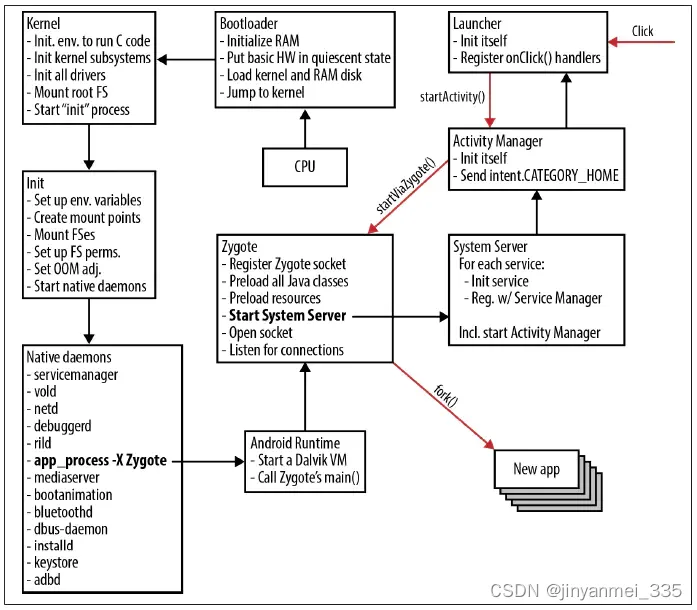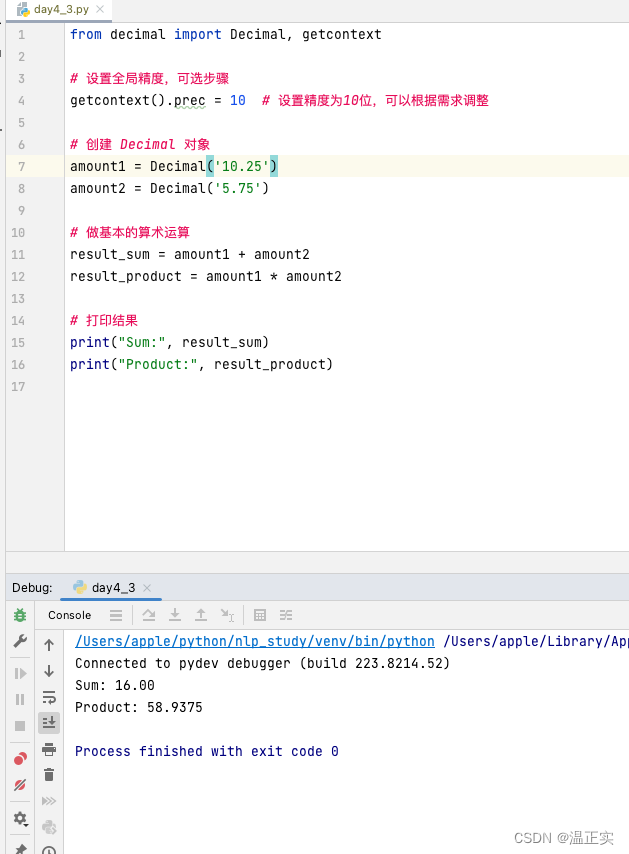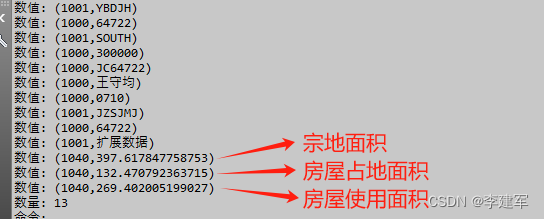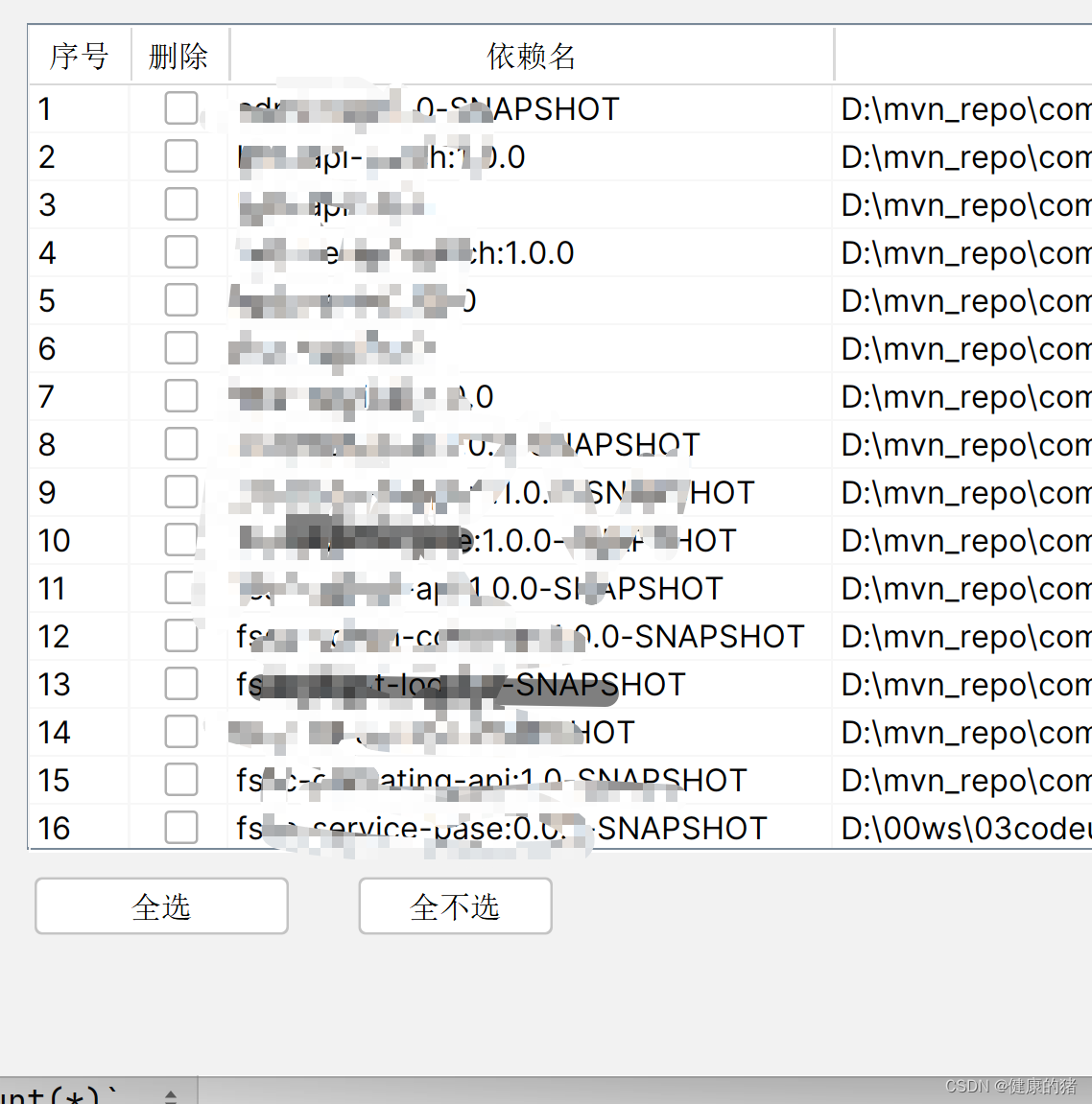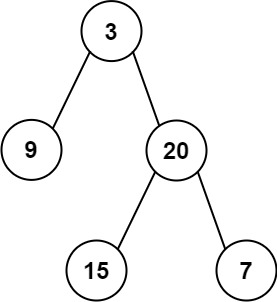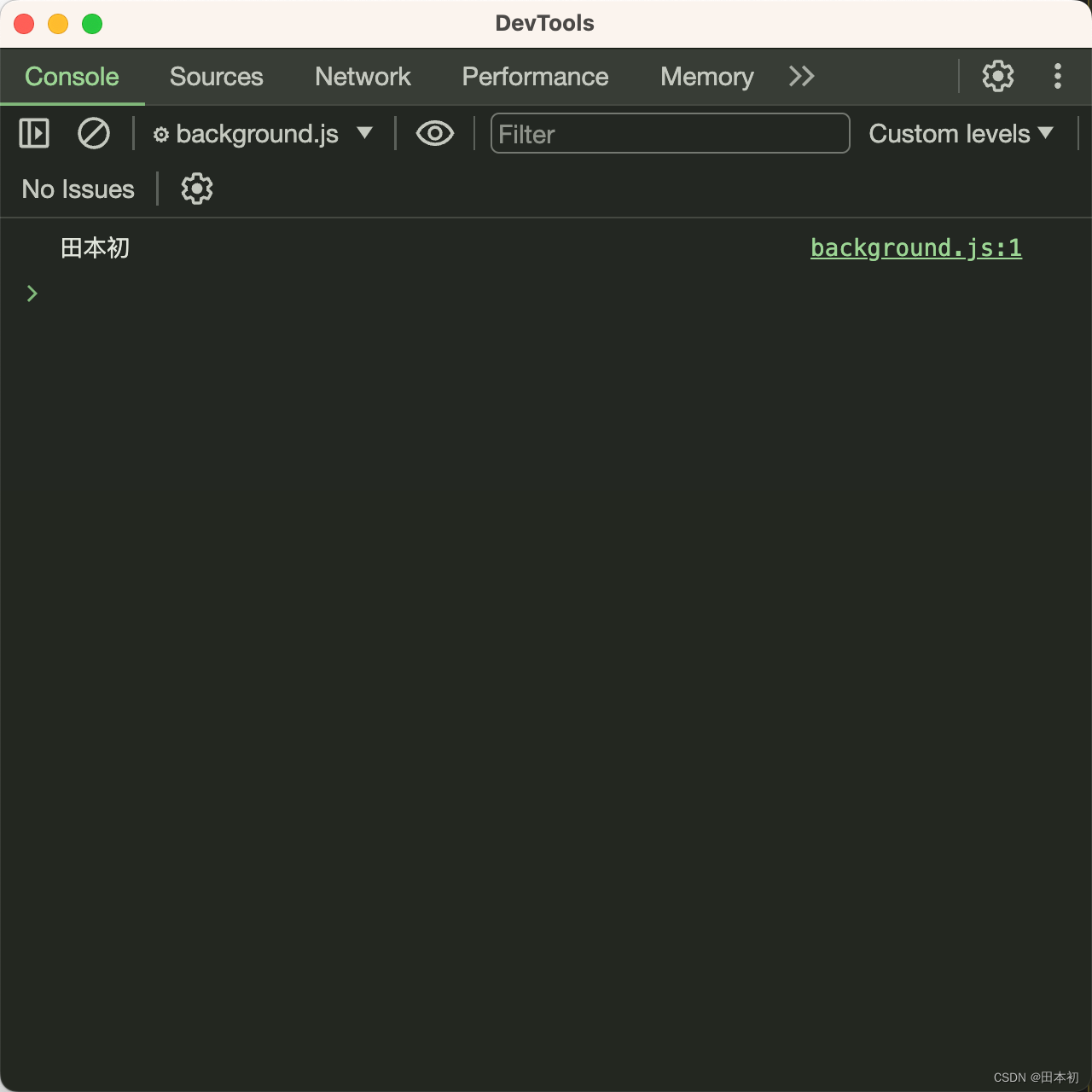很高兴在雪易的CSDN遇见你
VTK技术爱好者 QQ:870202403
前言
本文分享CGAL的Polygon_mesh_processing_Examples样例中的isotropic_remeshing_example,该样例主要介绍了如何生成各向同性的三角网格,希望对各位小伙伴有所帮助!
感谢各位小伙伴的点赞+关注,小易会继续努力分享,一起进步!
你的点赞就是我的动力(^U^)ノ~YO
可以收获到以下知识:
1. 读取/打开本地三维模型,支持的模型包括*.off *.obj、*.stl、*.ply 、*.ts 、*.vtp。
2. 保存三维模型。
3. 对三维模型进行Remesh
目录
前言
1. isotropic_remeshing_example
2. 重要方法
2.1 读取数据
2.2 各向同性Remesh
2.3 保存数据
结论:
1. isotropic_remeshing_example
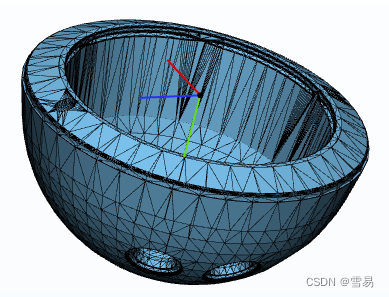
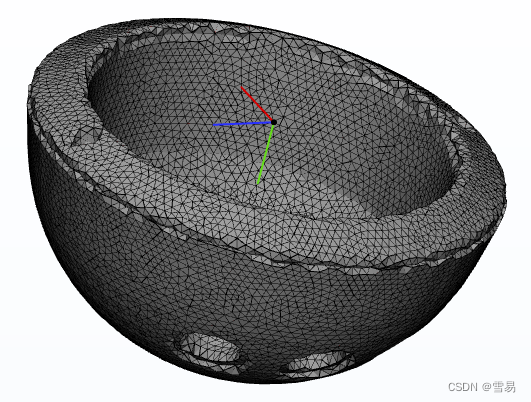
#include <CGAL/Exact_predicates_inexact_constructions_kernel.h>
#include <CGAL/Surface_mesh.h>
#include <CGAL/Polygon_mesh_processing/remesh.h>
#include <CGAL/Polygon_mesh_processing/border.h>
#include <CGAL/Polygon_mesh_processing/IO/polygon_mesh_io.h>
#include <boost/iterator/function_output_iterator.hpp>
#include <iostream>
#include <string>
#include <vector>
typedef CGAL::Exact_predicates_inexact_constructions_kernel K;
typedef CGAL::Surface_mesh<K::Point_3> Mesh;
typedef boost::graph_traits<Mesh>::halfedge_descriptor halfedge_descriptor;
typedef boost::graph_traits<Mesh>::edge_descriptor edge_descriptor;
namespace PMP = CGAL::Polygon_mesh_processing;
struct halfedge2edge
{
halfedge2edge(const Mesh& m, std::vector<edge_descriptor>& edges)
: m_mesh(m), m_edges(edges)
{}
void operator()(const halfedge_descriptor& h) const
{
m_edges.push_back(edge(h, m_mesh));
}
const Mesh& m_mesh;
std::vector<edge_descriptor>& m_edges;
};
int main(int argc, char* argv[])
{
//const std::string filename = (argc > 1) ? argv[1] : CGAL::data_file_path("meshes/pig.off");
const std::string filename = "cup.stl";
Mesh mesh;
if(!PMP::IO::read_polygon_mesh(filename, mesh) || !CGAL::is_triangle_mesh(mesh))
{
std::cerr << "Invalid input." << std::endl;
return 1;
}
double target_edge_length = (argc > 2) ? std::stod(std::string(argv[2])) : 0.04;
target_edge_length = 1.;
unsigned int nb_iter = 3;
std::cout << "Split border...";
std::vector<edge_descriptor> border;
PMP::border_halfedges(faces(mesh), mesh, boost::make_function_output_iterator(halfedge2edge(mesh, border)));
PMP::split_long_edges(border, target_edge_length, mesh);
std::cout << "done." << std::endl;
std::cout << "Start remeshing of " << filename
<< " (" << num_faces(mesh) << " faces)..." << std::endl;
PMP::isotropic_remeshing(faces(mesh), target_edge_length, mesh,
CGAL::parameters::number_of_iterations(nb_iter)
.protect_constraints(true)); //i.e. protect border, here
std::cout << "Remeshing done." << std::endl;
CGAL::IO::write_polygon_mesh("cupcgal_mesh.stl", mesh, CGAL::parameters::stream_precision(17));
return 0;
}
2. 重要方法
2.1 读取数据
PMP::IO::read_polygon_mesh(filename, mesh)2.2 各向同性Remesh
PMP::isotropic_remeshing(faces(mesh), target_edge_length, mesh,
CGAL::parameters::number_of_iterations(nb_iter)
.protect_constraints(true)); //i.e. protect border, here2.3 保存数据
CGAL::IO::write_polygon_mesh("cupcgal_mesh.stl", mesh, CGAL::parameters::stream_precision(17));结论:
感谢各位小伙伴的点赞+关注,小易会继续努力分享,一起进步!
你的赞赏是我的最最最最大的动力(^U^)ノ~YO

